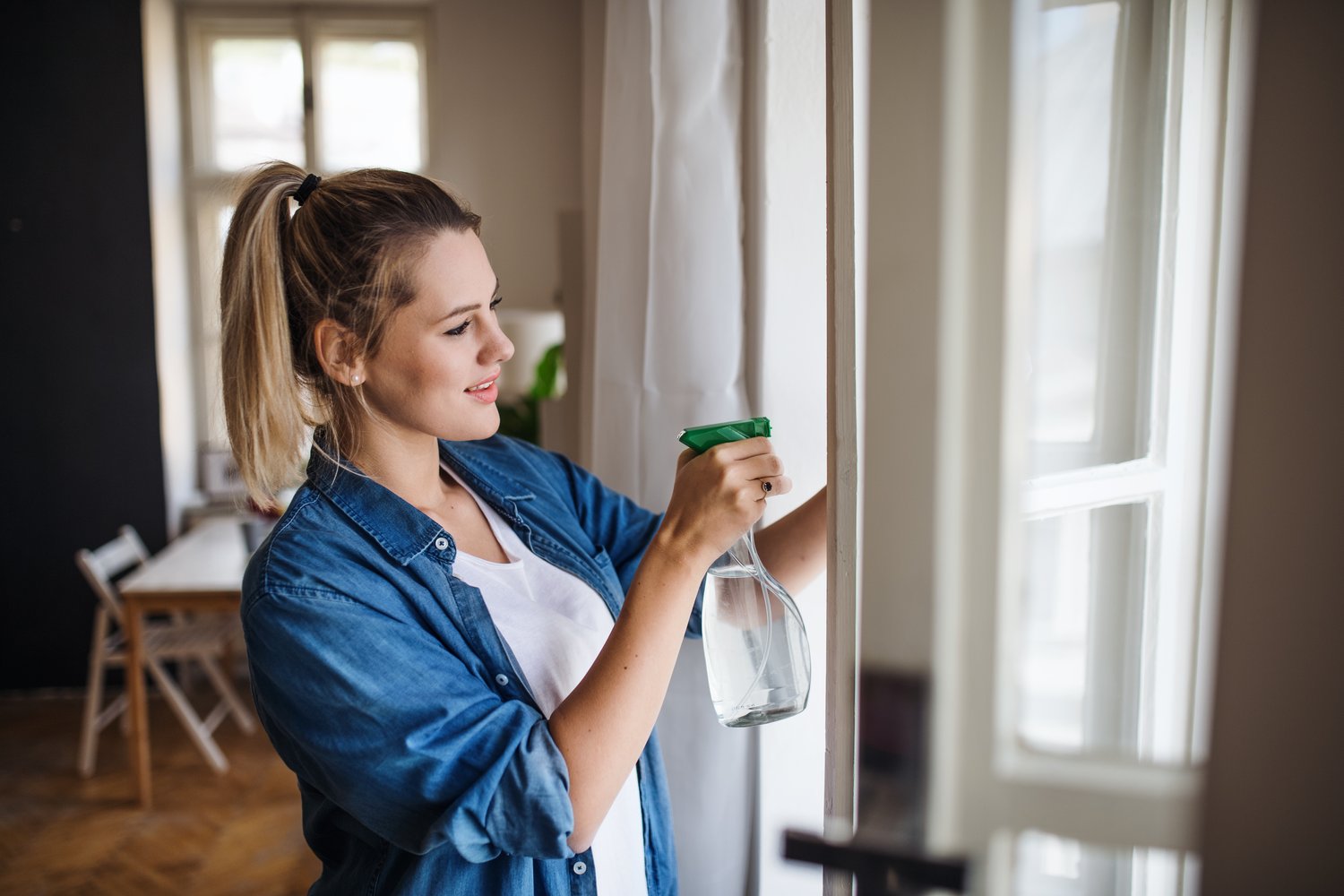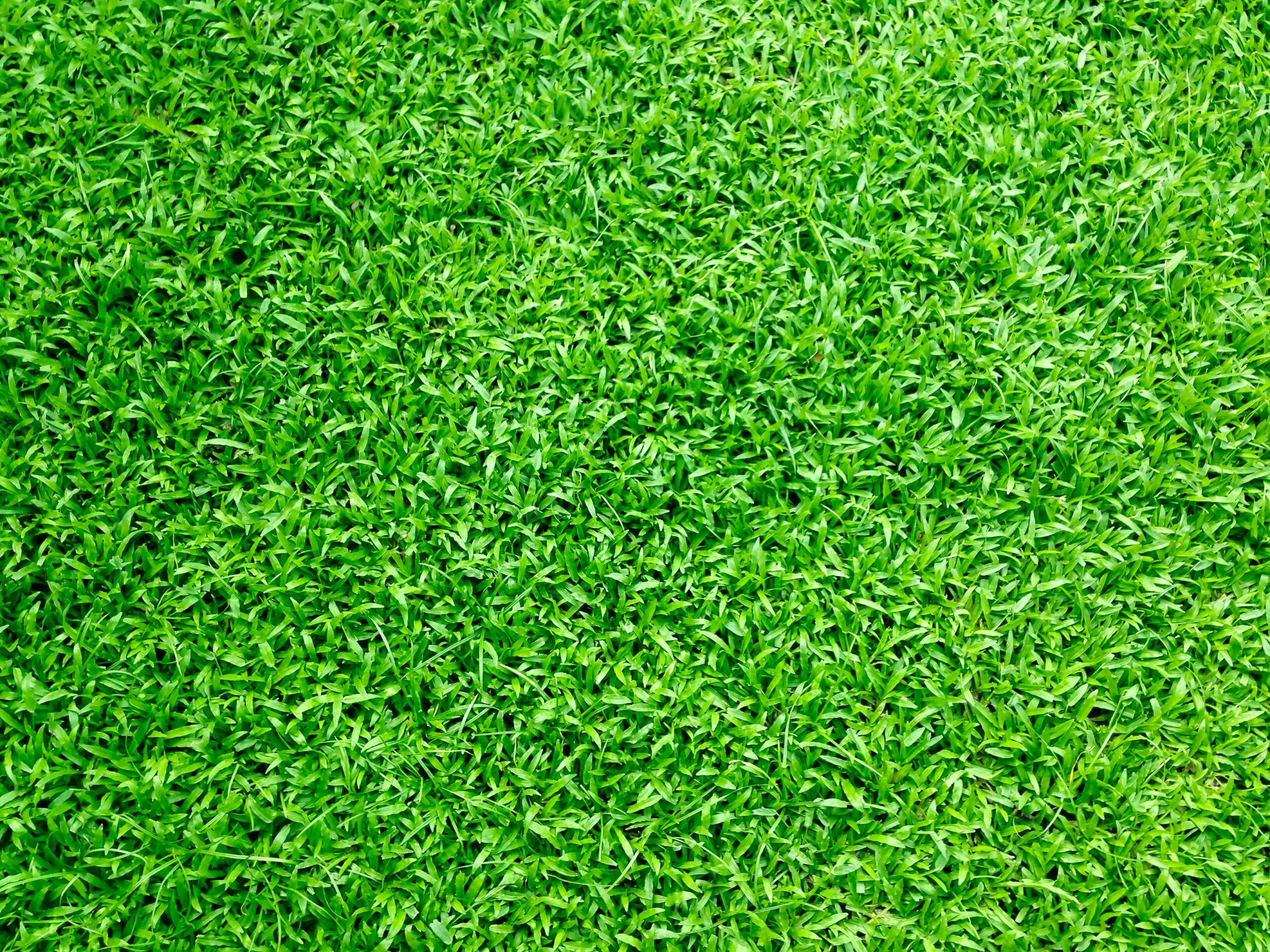When it comes to maintaining a clean and organized living space, many people make the mistake of starting with cleaning before addressing the clutter. However, decluttering before cleaning is actually the most effective cleaning strategy for achieving lasting results. By removing unnecessary items first, you create a foundation for deeper cleaning and better organization. This article explores why the declutter-then-clean approach works so well and provides practical guidance on implementing this method for a more manageable and satisfying home maintenance routine.
Why Decluttering Should Always Come First
Imagine trying to dust a surface covered with picture frames, trinkets, and paperwork. You’ll likely move items around, dust underneath them, and place them back—often without truly cleaning the entire surface. This inefficient approach not only takes more time but also delivers subpar results. When you declutter before cleaning, you remove obstacles that prevent thorough cleaning and create clear surfaces that can be properly sanitized and maintained.
The declutter-before-cleaning approach also addresses the root cause of many household messes. A cluttered home isn’t just aesthetically unpleasing—it’s fundamentally harder to clean. Items collecting dust, surfaces that can’t be wiped properly, and floors that can’t be vacuumed thoroughly all contribute to a perpetually unclean environment. By decluttering first, you’re not just preparing for cleaning day; you’re making every future cleaning session more efficient.
Another benefit of this approach is the psychological boost it provides. Clutter has been linked to increased stress and decreased focus in numerous studies. When you declutter before cleaning, you experience an immediate visual improvement that can motivate you to continue the cleaning process with more enthusiasm. This positive reinforcement helps establish better long-term organize and clean habits that maintain your home’s tidiness.
The Step-by-Step Declutter-Before-Clean Process
The most effective way to implement this tidy home tip is to work room by room, starting with visible surfaces. Begin with flat surfaces like countertops, tables, and desks, as these areas tend to accumulate the most day-to-day clutter. Sort items into three categories: things to keep in that room, items that belong elsewhere in your home, and things to discard or donate. This simple sorting system prevents you from simply shuffling clutter from one room to another.
After addressing visible surfaces, move on to storage areas within the room. This includes drawers, cabinets, closets, and other enclosed spaces. While these areas might seem less important since they’re not visible, overcrowded storage spaces make it impossible to properly organize the items you need to keep. By decluttering these areas, you create proper homes for items that would otherwise end up on your countertops and floors.
Only after you’ve completed the decluttering process should you begin actual cleaning. With clear surfaces and organized storage, you can now effectively dust, vacuum, mop, and sanitize without obstacles. This approach also makes it easier to maintain cleanliness going forward. As cleaning professionals at AskHomey often advise, a home with less clutter is inherently easier to keep clean on a daily basis.
Maintaining the Decluttered State
The true challenge of home organization isn’t the initial decluttering—it’s maintaining that state over time. To keep your home clutter-free, establish daily mini-decluttering habits. Spend just 10-15 minutes each evening returning items to their proper places, processing mail, and addressing any new clutter that accumulated during the day. This prevents the buildup that leads to overwhelming cleaning sessions.
Creating designated homes for frequently used items is another crucial tidy home tip. When everything has a logical, accessible place, family members are more likely to put things away properly. Consider the flow of your household activities when deciding where items should live—store things near where they’re used, and make the most frequently used items the most accessible.
Finally, be mindful about what you bring into your home. The most effective way to prevent clutter is to limit what enters your space in the first place. Before purchasing new items, consider whether they’re truly necessary and where they’ll be stored. This mindful consumption approach naturally reduces clutter and makes your organize and clean routine much more manageable in the long run.
The Lasting Benefits of the Declutter-First Approach
When you commit to decluttering before cleaning as your standard practice, you’ll notice several lasting improvements in your home environment. First, your regular cleaning routine will take significantly less time, as you won’t be constantly working around obstacles. This efficiency means you’re more likely to maintain regular cleaning schedules.
Additionally, a decluttered home functions better for daily living. You’ll spend less time searching for misplaced items, experience less frustration with household tasks, and enjoy the psychological benefits of a more organized environment. The visual calm of uncluttered spaces also contributes to a more peaceful home atmosphere.
Perhaps most importantly, the declutter-before-cleaning approach helps break the cycle of recurring clutter and superficial cleaning that many households experience. By addressing the root cause—too many possessions without proper homes—you create lasting change in how your living space functions and feels.
For more tips and to connect with reliable home service professionals, follow AskHomey on Facebook and Instagram.



